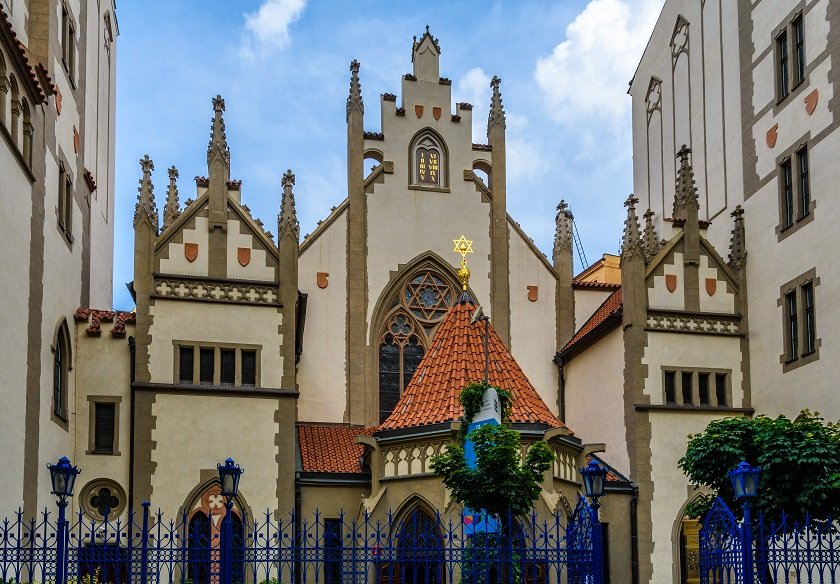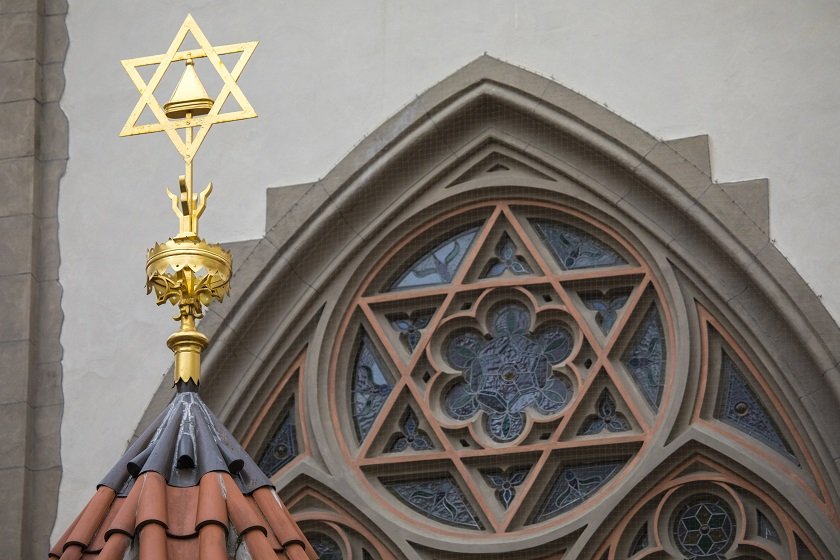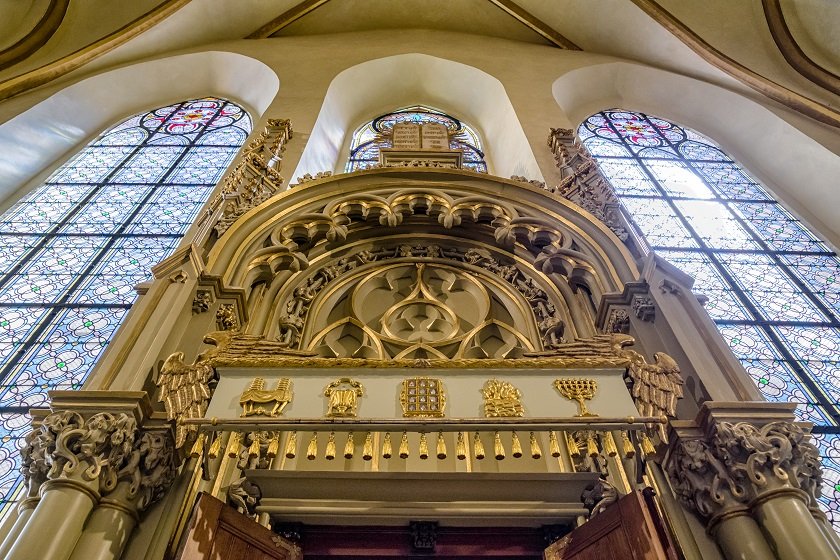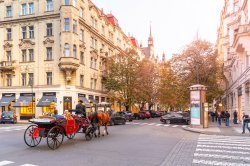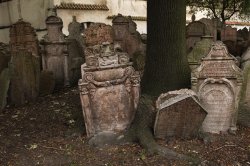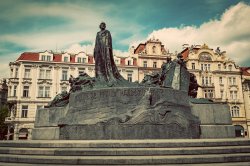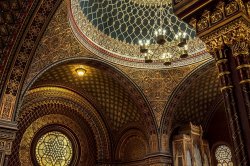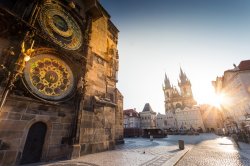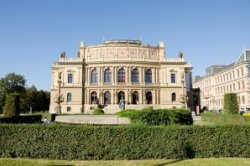Maisel Synagogue
Maisel Synagogue is one of the monuments of the Jewish Town in Prague, situated on the street of the same name, near the Old-New Synagogue and the former Town Hall. It is not an active synagogue, but serves as a permanent exhibition mapping the history of Czech Jews from the 10th to the 18th centuries. Since 1955 it has been administered by the Jewish Museum. It is named after its builder and patron Mordecai Meisel, who was the main builder of the entire Jewish ghetto. It was built according to the plans of architect Grott. During the Nazi occupation, 6,000 historically valuable items from synagogues from all over the country were transported to the Maisel Synagogue. These items are still displayed here. The most valuable exhibits include the temple curtain from the founder of the synagogue and the Torah mantle from the time of its opening, manuscripts of the greatest medieval scholars of Jewish Prague (including Rabbi Loew), the robe of the false messiah Solomon Molcho
or the original piece of the oldest tombstone from the Old Jewish Cemetery from 1439. The tour includes an audiovisual 2D projection depicting the streets of the Old Jewish Town, according to the iconic Langweil’s Model of Prague. It is also possible to browse old Hebrew manuscripts on the touch screens and search the database of important Jewish figures. In the evening, Maisel Synagogue is used for chamber art performances - concerts, recitals or theater.
Useful information for visitors
Public transport connections
Opening hours and admission
Maisel Synagogue is part of two guided tours: Jewish Museum in Prague and Prague Jewish Town. Up-to-date information on admission and opening hours to Maisel Synagogue is available on the official website www.jewishmuseum.cz. It is not possible to buy a ticket only to the Maisel Synagogue.
Interesting facts about Maisel Synagogue
The Maisel Synagogue was once the most splendid building of the Prague Jewish Ghetto and was built on the basis of a special privilege from the Emperor Rudolf II. During the life of its first owner, it served exclusively as a family sanctuary. It became public only after his death. The last service was held here in 1941. The original Renaissance disposition from the 16th century, which was several times destroyed by a fire, was rebuilt in the present Neo-Gothic style. The building was reduced, and the entrance was moved from the eastern part to the western part. Only the three-aisle plan of the main nave with storeyed galleries for women remained of the foundations.
